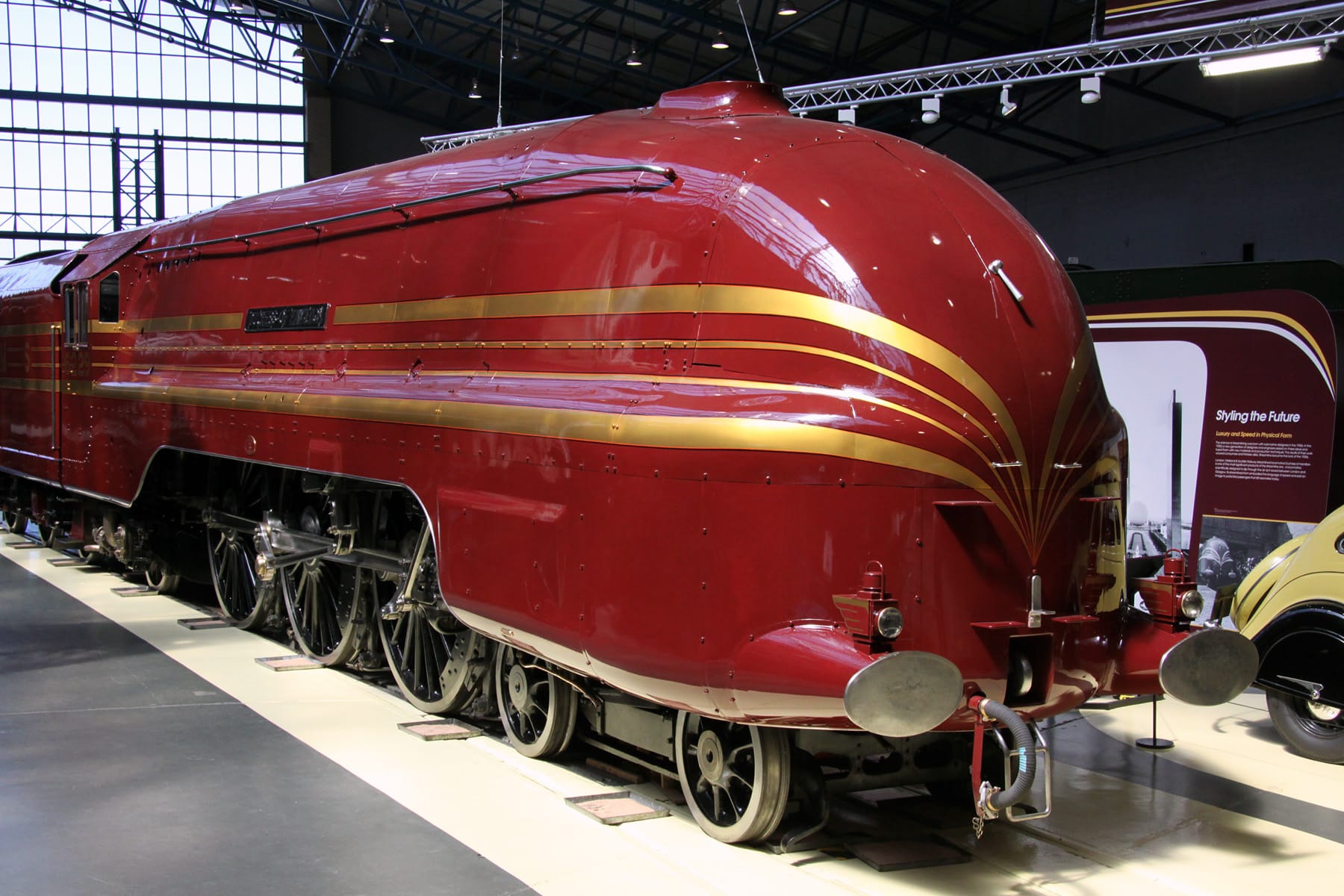
Origins and Engineering Feat
The West Coast Wilderness Railway traces its roots to the Mount Lyell Mining and Railway Company, which built the original line in Western Tasmania between Queenstown and Strahan. Completed in 1899, the railway was designed to transport copper from the remote mines of Queenstown to the port at Strahan. Due to the region’s steep terrain, engineers employed the Abt rack and pinion system—an innovative solution that allowed trains to climb gradients otherwise impassable by conventional railways.
Economic Lifeline and Decline
For decades, the railway served as the primary transport link for copper and passengers, especially before road access was established. However, by the 1960s, the rise of road transport and the high cost of maintaining the railway led to its closure in 1963. The final train was hauled by the same locomotive that had inaugurated the line decades earlier, marking the end of an era.
Revival and Restoration
In 1998, the Australian Federal Government announced funding to reconstruct the railway as a heritage and tourist attraction. The restoration was a massive undertaking, requiring the rebuilding of bridges and tracks to modern standards while preserving historical integrity. By 2002, the railway reopened as the West Coast Wilderness Railway, with three original Abt locomotives restored for service.
Tourism and Cultural Significance
Today, the railway offers scenic journeys through Tasmania’s lush rainforests, showcasing the region’s mining heritage and engineering marvels. It remains the only rack-and-pinion railway in the Southern Hemisphere, drawing visitors from around the world. The railway has become a symbol of Tasmania’s industrial past and natural beauty, with ongoing efforts to secure national heritage status.
Challenges and Future Outlook
Despite its popularity, the railway faces financial and maintenance challenges. It relies on state funding and grapples with the upkeep of aging steam locomotives and timber bridges. The railway hopes to become self-sufficient within a decade, but for now, it remains a labor of love for engineers and historians alike.
This historical summary was generated using AI and incorporates information from Wikipedia, Libraries Tasmania, Engineering Heritage Australia, and ABC News.